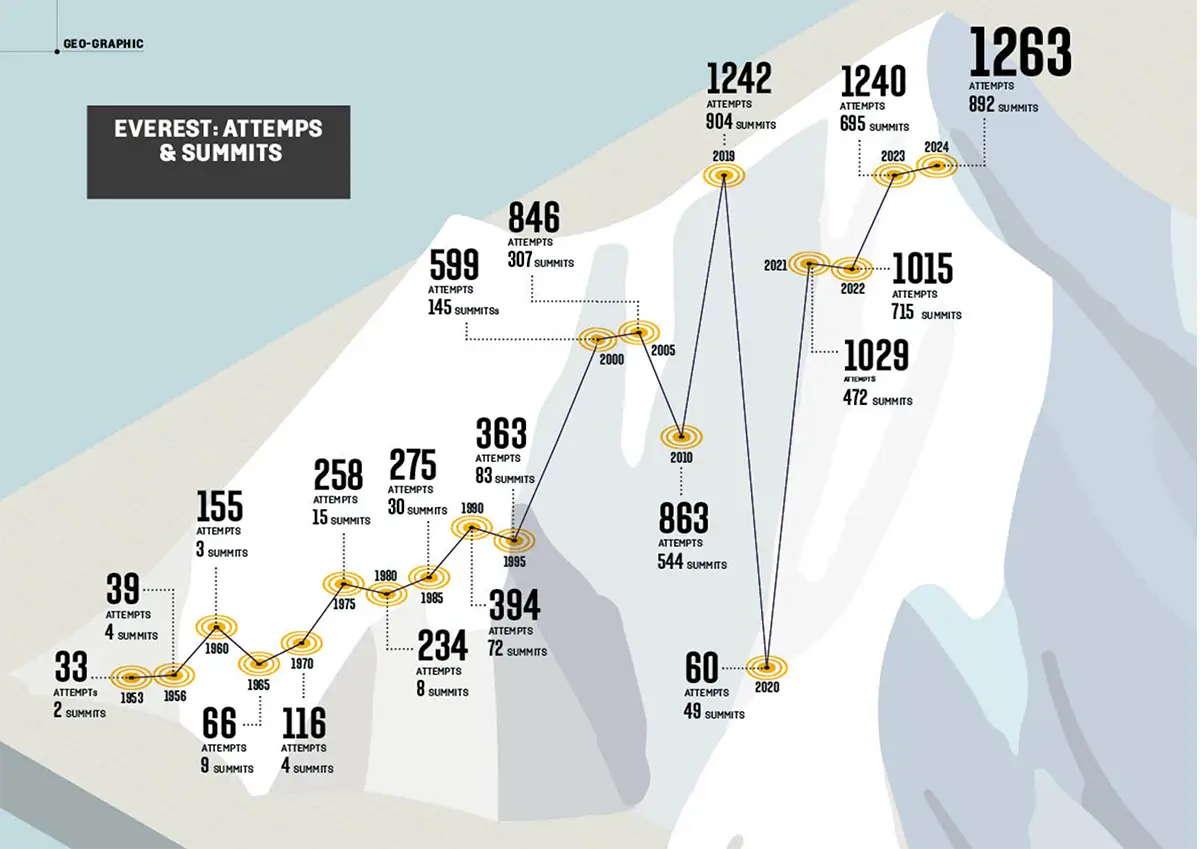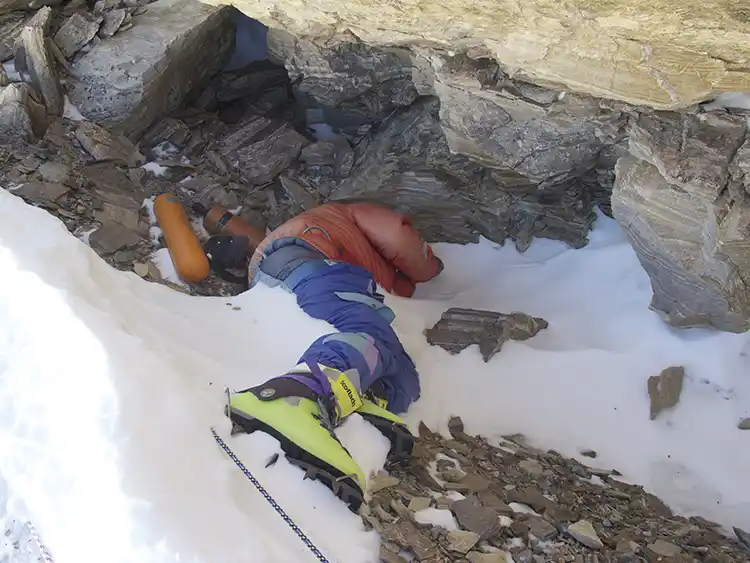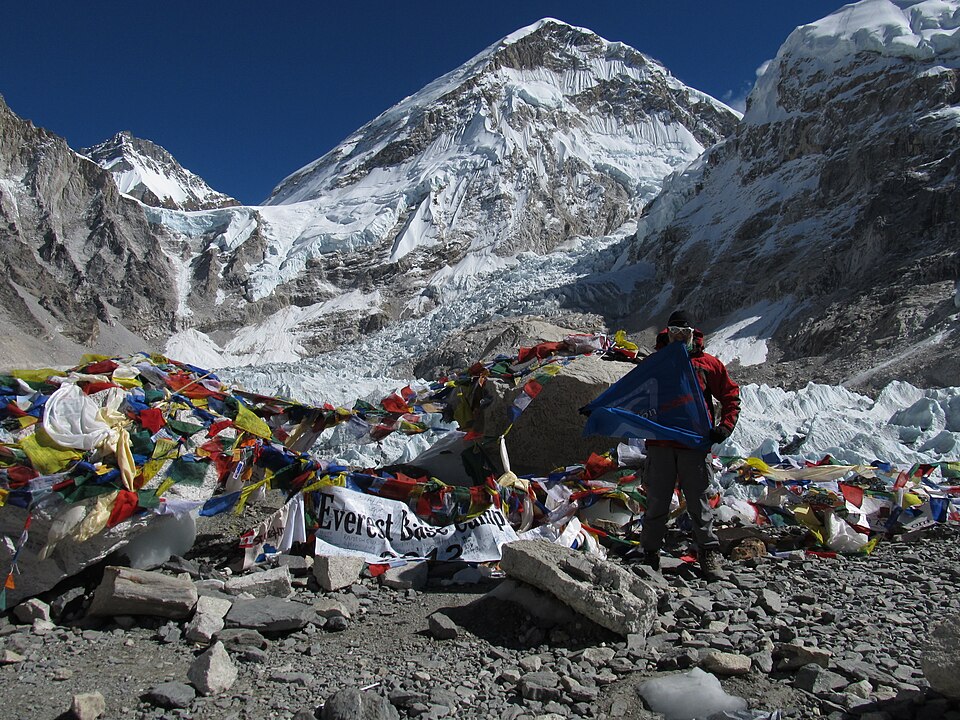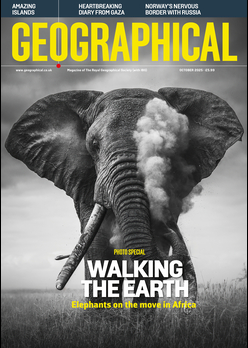
A timeline of triumph, tragedy and traffic jams on the world’s highest peak
By
With 900 climbers on its slopes and 12 confirmed deaths, Everest’s 2024 climbing season was one of the deadliest on record – and a stark example of unchecked high-altitude tourism.
Mount Everest’s enduring appeal, seven decades after Edmund Hillary and Tenzing Norgay’s pioneering ascent, has created a mounting crisis. Despite deadly natural hazards and pandemic disruptions, the increasing accessibility of the mountain, driven by ever-improving equipment and commercial expeditions, has resulted in severe overcrowding and pollution.
In 2019, viral images of queues to the summit circulated on social media. Meanwhile, the ‘world’s highest junkyard’, as mountaineer Barry Bishop dubbed it decades ago, is now littered with tonnes of discarded waste. In a bid to mitigate this, Nepal’s Supreme Court mandated permit limits in 2024. A newly announced US$15,000 (£12,180) peak-season permit fee, a substantial 36 per cent rise (the first in ten years), also comes into effect in September. However, given that climbers already invest upwards of US$100,000 for the experience, it’s uncertain whether the price hike will help to curb demand.

1953: The first ascent
On 29 May 1953, New Zealander Edmund Hillary and Nepali Sherpa Tenzing Norgay became the first confirmed climbers to reach the summit of Mount Everest. Their triumph came after decades of failed attempts and established Everest as the ultimate mountaineering goal.
- 1960s:
In 1960, a Chinese team made the first successful ascent from the Tibetan north side, establishing a major new route.
Ascents: 39 attempts, 4 summits (1960)
1970s: Breaking barriers
During the 1970s, climbers pushed the limits of endurance. In 1975, Japan’s Junko Tabei became the first woman to stand on the summit. In 1978, Reinhold Messner and Peter Habeler completed the first ascent without bottled oxygen — a feat long thought impossible.
- 1970: 258 attempts, 15 summits
- 1975: 275 attempts, 30 summits
- 1978 milestone: No bottled oxygen ascent
- 1974: Notably, the last year to date in which no one successfully reached the summit
1980s: The age of ambition
The 1980s saw Everest feats multiply. In 1980, Reinhold Messner returned to complete the first solo ascent. By mid-decade, commercial interest began to stir and success rates increased with improved gear and logistics.
- 1980: 394 attempts, 72 ascents
- 1985: 599 attempts, 145 ascents

1990s: Into the mainstream
The 1990s were pivotal. By 1996, Everest had become a commercial enterprise, with expedition companies guiding clients — some of whom had limited climbing experience. That year, a deadly storm claimed eight lives in a single group, an event recounted by Jon Krakauer in Into Thin Air. It was also the era of the first major clean-up expeditions, led by Barry Bishop.
- 1990: 846 attempts, 307 summits
- 1995: 363 attempts, 83 summits
- 1996 disaster: Brought new scrutiny to commercial climbing practices
2000s: The crowds grow

By the early 2000s, Everest was seeing hundreds of climbers each season. The number of guided expeditions rose, as did concerns over environmental degradation and summit congestion.
- 2000: 863 attempts, 544 ascents
2010–2015: Natural disasters strike
Everest’s rising popularity was interrupted by tragedy. In 2014, 16 Sherpas died in an avalanche in the Khumbu Icefall — one of the worst disasters in the mountain’s history. A year later, the devastating 7.8-magnitude earthquake in Nepal triggered an avalanche at Base Camp that killed 22.
- 2010: 1242 attempts, 904 summits
- 2014: Avalanche kills 16 Sherpas
- 2015: Earthquake halts climbing season
2019: A queue to the summit
In May 2019, images of climbers lined up near the summit went viral, igniting global concern about overcrowding. Nepal’s government responded by tightening permit conditions and launching a clean-up campaign that removed 10,000kg of rubbish.
- 2019: 1029 attempts, 472 ascents

2023: Everest’s deadliest year
Despite better equipment and forecasting, Everest recorded 18 deaths in 2023 — the highest in a single year. Nepal’s head of tourism cited unpredictable weather linked to climate change as a major factor.
- 2023: 1263 attempts, 892 ascents
2024: Milestones and modifications
In May 2024, legendary climber Kami Rita Sherpa summited Everest for the 30th time, setting a new world record just ten days after breaking his own previous best. In a bid to manage demand, Nepal raised the high-season permit fee to US$15,000 — a 36 per cent increase and the first in a decade. A Supreme Court ruling also mandated limits on the number of climbing permits issued.
- 2024 (early data): 60 attempts, 49 ascents
- Permit fee: US$15,000 (effective September 2024)
- Permit limit: Ordered by Nepal’s Supreme Court
The bigger picture
Everest’s history mirrors the changing human relationship with extreme environments — from pioneering ascents to bucket-list tourism. But the consequences of Everest’s fame are clear: the mountain is now an arena of climate risk, crowd control, and ethical debate. With more than 10,000 successful ascents recorded in total, and hundreds of climbers on the slopes each season, the future of Everest may depend as much on regulation as on ropework.




